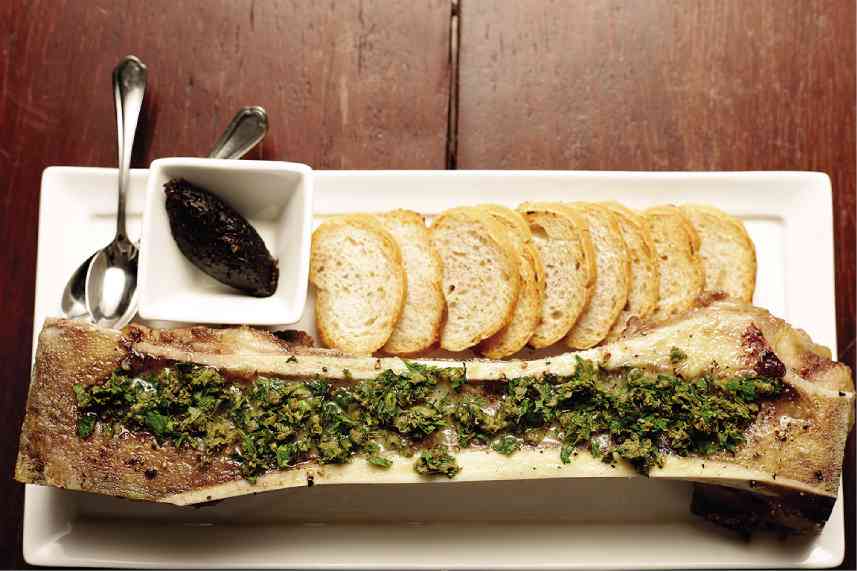Wagyu beef, with its intense marbling and high percentage of unsaturated fat, has long been a beef connoisseur’s preference.
The excellence of the beef that comes from this Japanese bull has been so celebrated that breeders the world over have taken pains to bring its quality to their cattle. But the extra mile has been worth it because gourmets and gourmands, especially the business set who can afford it, can’t get enough of the excellent steak that is Wagyu.
Thankfully, one need not fly to Japan anymore just to experience Wagyu. They are now not only imported but bred the world over.
Mayura Station:
Awesome Aussie Wagyu
In 1998, Mayura Station in the “Limestone Coast” of South Australia imported 25 full-blood Wagyu females with genetics from the Tajima and Shimane prefectures from Japan’s premier breeder, Shogo Takeda. His breeding station, Takeda Farm, is known for diligently breeding Japanese Black Wagyu that are heavily grain-fed at an age of six to eight months to later prepare them for slaughter.
Because they are so pampered, they turn into melt-in-your-mouth, super flavorful, to-die-for beef.
Mayura cattle are known for their very soft fat and remarkable marbling, always achieving a 9++ rating.
Marbling, the fine-textured fat contained within the muscle, is graded on a scale of 0 to 9, with 9 being the highest in the Australian meat grading system. (Grade 9 includes meat that would grade up to 12 in Japan.)
How does this Australian breed achieve such intense marbling? By the fact that they are actually 100-percent Wagyu. It has been described as “butterknife soft,” meaning you won’t need a steak knife to cut this kind of meat.
The good news is that this meat is now available here in the Philippines. Artisan Cellars and Fine Foods Inc. brings in Mayura Station Wagyu that is now being served at Prime 101 on Chino Roces Ave., Hyatt’s Fireplace, Caviar Restaurant, Vask and Black Sheep at the Fort and Allium in Legazpi Village.
As you might surmise with the lineup of restaurants that serve this kind of meat, it takes a knowledgeable chef to cook it.
Chef Mark Tan of Allium confessed: “You have to be extra careful (when cooking Mayura beef) because it’s very similar to Japanese Wagyu in terms of marbling. You want to be able to keep that marbling. So, if you cook it too long, like for a medium-well or well-done steak, (there’s a bigger) chance of losing that delicate fat.”
Tan approaches Mayura like Matsusaka beef, one of the most famous beef types in Japan and around the world, with a high fat-to-meat ratio.
“You have to be very controlled,” Tan explained.
At Allium, they serve a Mayura sirloin that is sliced ever so thinly, rolled, then stuffed with nameko mushrooms. They also serve cap of ribeye, the tastiest cut on the cow, and present this nigiri sushi-style, draping it barely cooked over a small oval of rice. For the heartier meat lovers, there is the traditional rib-eye, roasted ever so slowly over charcoal then generously served.
Meanwhile, internationally acclaimed Chef Tonyboy Escalante prefers the Tomahawk steak for Antonio’s.
“I chose the Tomahawk because it has a combination of ribeye and short ribs. Plus, as you know, the most intense flavor is found near the bone,” Escalante shared.
The price is as heavy as the cut, though, at P950 per hundred grams, but it has become Antonio’s latest bestseller. First, because of its flavor, but also because it’s also a joy to share.
“It’s around 1.3 to 1.8 feet so it can serve 4 to 5,” Escalante explained.
In spite of being closer to the bone, the Tomahawk has to be cooked with care. Escalante himself had a cast-iron plate made especially for this dish so he cooks it black and blue first, giving guests the leeway to adjust the doneness of the steak to their liking on their own. (A blue steak is rarer than a rare steak. A black and blue steak, also known as a Pittsburgh rare, is one that is heated to a very high temperature very quickly, so it is charred on the outside but still rare or raw on the inside.)
You can enjoy this with chimichurri or Antonio’s steak sauce. Personally I prefer it just on its own, without any dressing.
Kitayama:
Proudly Pinoy Wagyu
Another Wagyu brand making waves in the market is Kitayama Wagyu.
When I first heard about this around three years ago, I wondered which prefecture the cattle came from. Turns out it’s the “prefecture” of Bukidnon, Mindanao, right here in the Pearl of the Orient Seas.
Umalag Farms crossbred Japanese Wagyu with local cattle to produce a breed that is 75-percent Wagyu. However, just like in Kobe, the cattle are fed grains and nutritious concentrates for at least 600 days. The result is a very pleasant marbling, even if it’s not grade 9++ beef.
At its shop on Pasong Tamo, they offer a chuck roll that is grade 4, and a ribeye that is grade 7. But don’t let the grade discourage you; these are guaranteed to have satisfactory marbling, and to be fresh and flavorful as well.
Clearly the Japanese bull has grown forth and multiplied, improving the quality of cattle around the world. The Wagyu is truly a marble-lous breed.
Antonio’s Fine Dining, Purok 138, Barangay Neogan, Luksuhin-Mangas Road, Alfonso, Tagaytay City. Reservations required: (046) 4130975; antoniosrestaurant.ph. Major credit cards accepted. Not wheelchair accessible (stairs).
Allium Contemporary Modern American Cuisine, G/F Grand Midori, Bolanos St., Legaspi Village, Makati City. Reservations recommended. Tel. No. 5191088; 0999-6943068. Major credit cards accepted. Limited parking on the street. Wheelchair accessible.
Details of Artisan Cellars and Fine Foods are on their Facebook page.
(The author is at margauxlicious.com and @margauxsalcedo on Twitter, Facebook and Instagram.)
